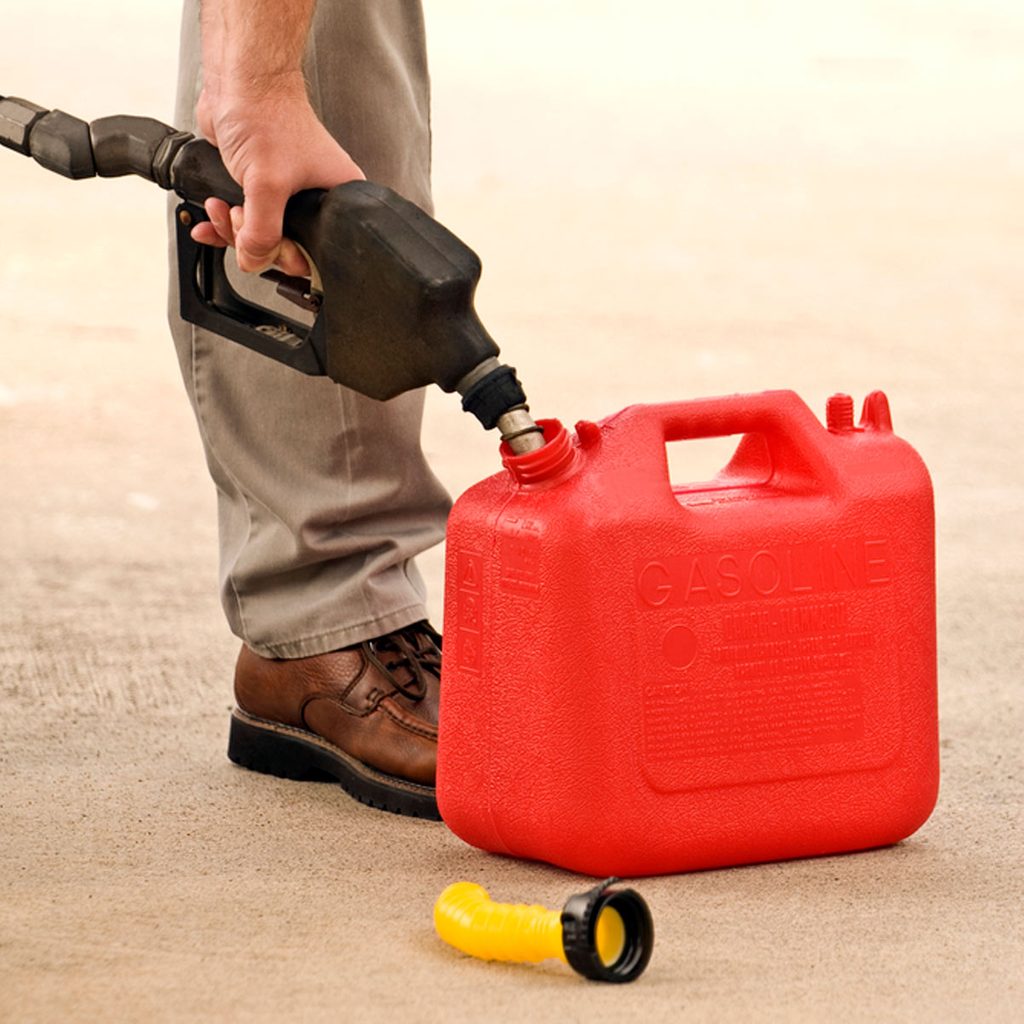What is Fuel Stabilizer and How Does it Work
Updated: Mar. 21, 2024

Find out why this special liquid is so important for trouble-free operation of engines stored for more than a few months.
Gasoline and diesel fuel are perishable commodities, and that’s why fuel stabilizers matter. Add a small amount of fuel stabilizer to stored fuel and your lawn mower, snowblower, rototiller, chainsaw, generator and vehicle will start easier and run better. Fail to use fuel stabilizer can mean poor performance or an engine that fails to start at all after several months of storage.
On This Page
What is a Fuel Stabilizer?
A fuel stabilizer is a chemical additive designed to preserve the quality of gasoline or other fuels when stored for extended periods. They keep fuel fresh and effective for at least two years of storage time.
Chemical reactions within stored fuel, plus the evaporation of some volatile components, can leave liquid fuels less likely to ignite properly in an engine after more than three months of storage. Old fuel can also leave gummy deposits behind in sensitive areas of the motor. The bottom line is trouble, unless you let a fuel stabilizer prevent it. This stuff really works.
When Should I Add a Fuel Stabilizer?
There are two situations when you should use fuel stabilizer. If you’ll be storing fuel in an approved gas can for more than a few months, put the required amount of stabilizer in the can, then add the fuel and seal the cap. If you’re adding stabilizer directly to the fuel tank that supplies an engine, put the required amount of stabilizer into the less than full tank, top off the fuel level, then start the engine. Allow it to run for 10 minutes so the stabilizer gets mixed with the fuel that enters the carburetor or fuel injection system, preventing gummy deposits and greatly increasing the odds of a quick-and-easy post-storage startup.
Which Fuel Stabilizer Should I Use?
Fuel stabilizers are suitable for all kinds of gasoline and diesel engines, including two-stroke motors as you’ll find in chainsaws, snowmobiles, dirt bikes and certain water pumps. Some brands of fuel stabilizer are formulated to be used only with gasoline or diesel fuel, while other brands are dual purpose. Read labels and learn.
How Do I Use Fuel Stabilizer and How Much?
Directions on every bottle of stabilizer tell you how much to add for a given amount of fuel, and you’ll find that the quantities specified are small. A tablespoon or two in a lawnmower or chainsaw gas tank is enough to allow gasoline to burn cleanly even after years of storage. One small bottle of stabilizer preserves a full tank of fuel in a car or truck. Then run the engine for a few minutes to ensure the stabilized fuel circulates throughout the fuel system.
Can I Use Fuel Stabilizer in All Gasoline Grades?
Yes, most fuel stabilizers are designed to work with all grades of gasoline, including gasoline that contains ethanol. However, always check the product label to be sure.
Can I Use Old Gasoline Even If I Used a Stabilizer?
While a stabilizer can extend the shelf life of gasoline, it doesn’t last indefinitely. Generally, stabilized gasoline can be stored for up to 12 months, but it’s a good idea to use it within 6-8 months for optimal performance.
Does Fuel Stabilizer Improve Gas Mileage?
Fuel stabilizers are designed to maintain the quality of stored fuel, not necessarily to improve gas mileage. However, by preserving fuel quality, they can prevent engine problems that might reduce fuel efficiency.
